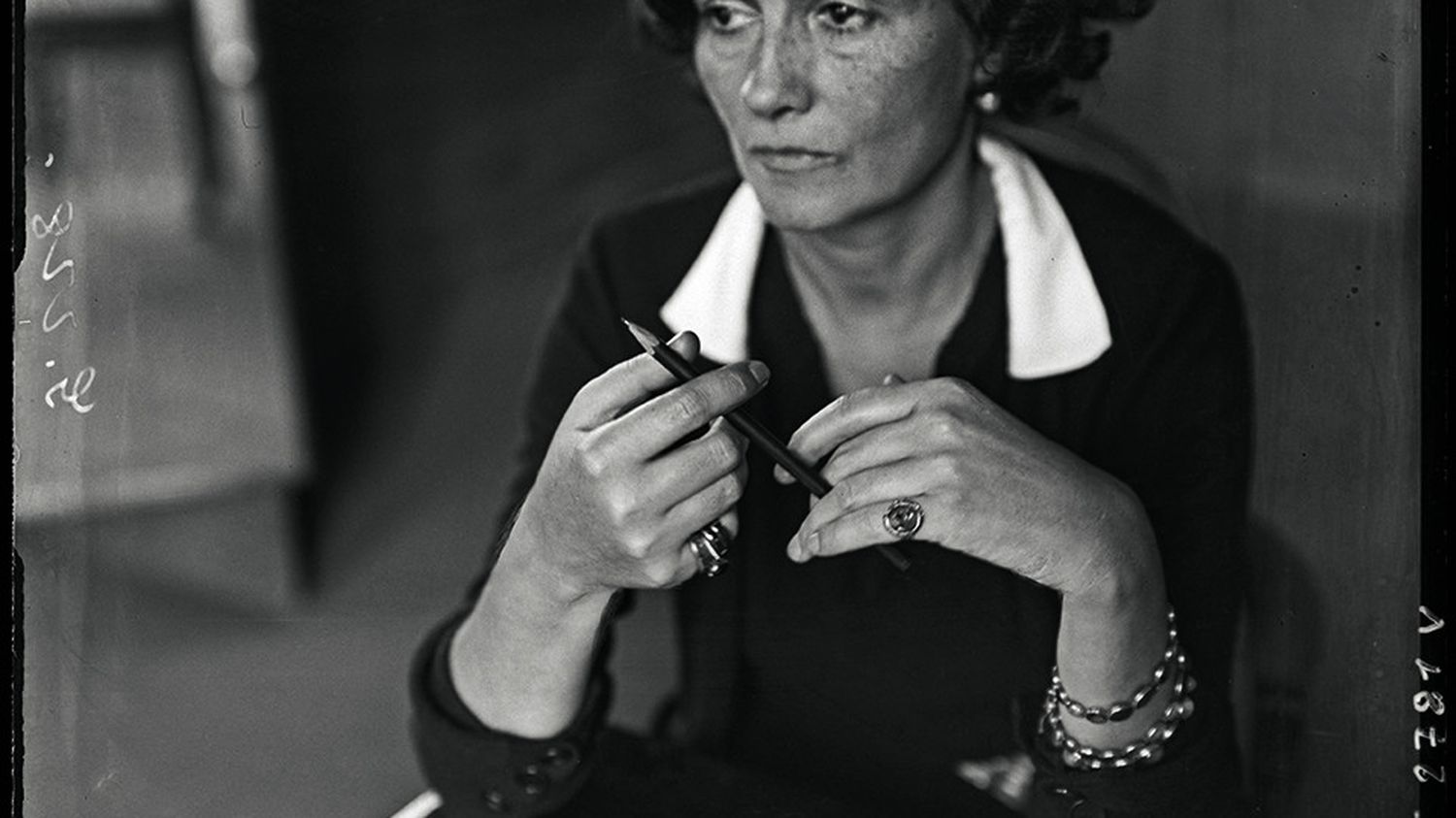According to documents revealed in London, the fashion designer is presented as an “occasional agent for the Resistance”, counterbalancing her collaborationist past with Nazi Germany.
We knew about Coco Chanel’s collaborationist past with Nazi Germany during the Second World War. But a London museum says it was also “an occasional agent” of the Resistance. An exhibition dedicated to the designer, which opens on September 16 at the Victoria and Albert museum in London, produces two documents which tend to prove her involvement in a network hostile to Hitler.
>> Rehab. No, Chanel boutiques were not covered with stickers diverting the brand’s logo with Hitler’s head.
“Miss Chanel, known as “Coco”, resident at 31 rue Cambon“: this line appears in a list dated March 20, 1948 on the “nominative status of occasional agents in the ERIC network“This is a branch of the Resistance, led by René Simonin, and which had links with the British secret services.”If the archive files do not detail the actions carried out by Chanel for the network, they confirm its participation from January 1, 1943 to April 17, 1944“, panels in the exhibition indicate. “On this date, German soldiers arrested Simonin during a roundup of resistance fighters in Poligny, in eastern France, and the ERIC network ceased to function.“. The other document dates from 1957, a “certificate of membership in the French Combatant Forces”, his name also appears there, as a participant.to the Resistance as an occasional agent“.
Code name “Westminster”
Other documents attest to his collaboration with Germany, such as the interrogations of three former Nazi officials, once defeated. They all refer to her as a “reliable source.” The museum explains that in July 1941, “Nazi authorities record Gabrielle Chanel as a source, although it is unclear whether she was aware of it“. Its code name was then “Westminster”, its number F7124.
In this collection entitled “Gabrielle Chanel. Fashion manifesto”, we find her fashion creations, but also much more personal objects, including a portrait of her painted by Winston Churchill himself. “We couldn’t do an exhibition on Chanel without addressing her wartime record“, specifies the commissioner, who adds: “She was always looking for opportunities to move forward in life.”
During the Second World War, Gabrielle Chanel lived at the Ritz Hotel in Paris, partly requisitioned by the Nazi regime to house the Luftwaffe and its leader, Marshal Göring. She had a relationship with a German embassy attaché, Hans Günther von Dincklage, who was undoubtedly a spy. At the Liberation, Gabrielle Chanel was arrested then released a few hours later.
